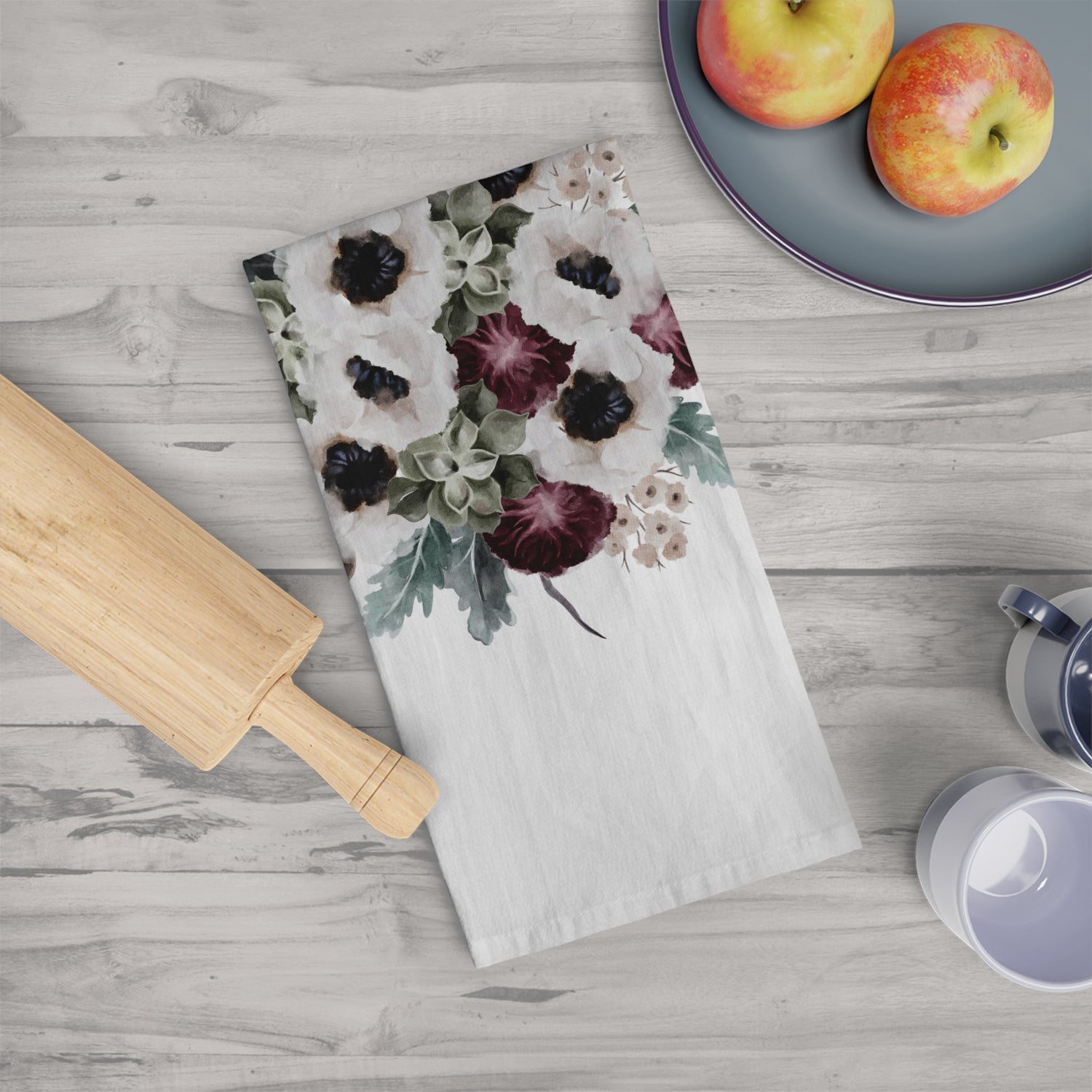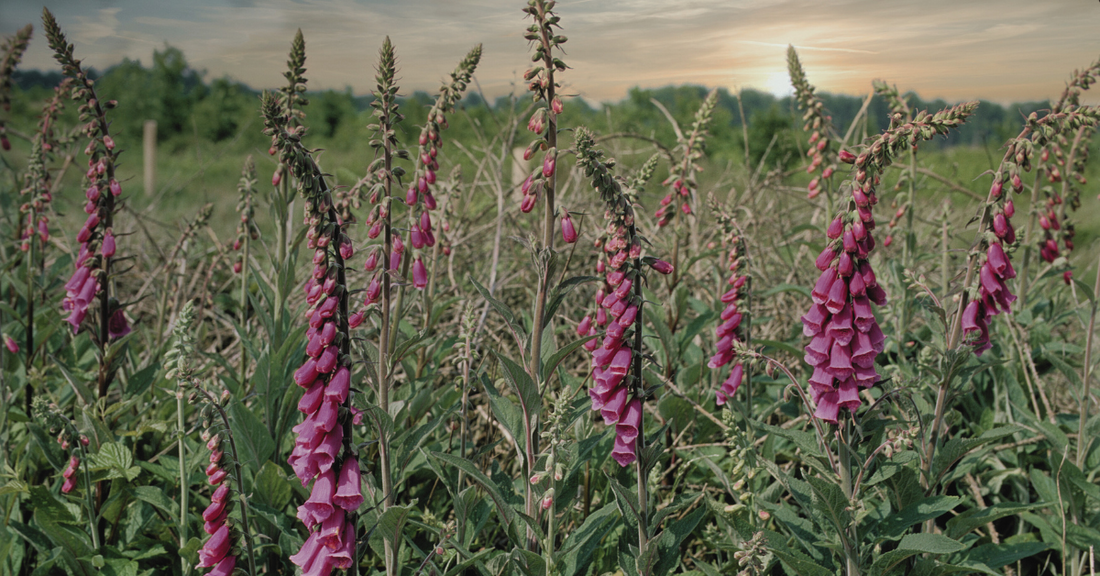

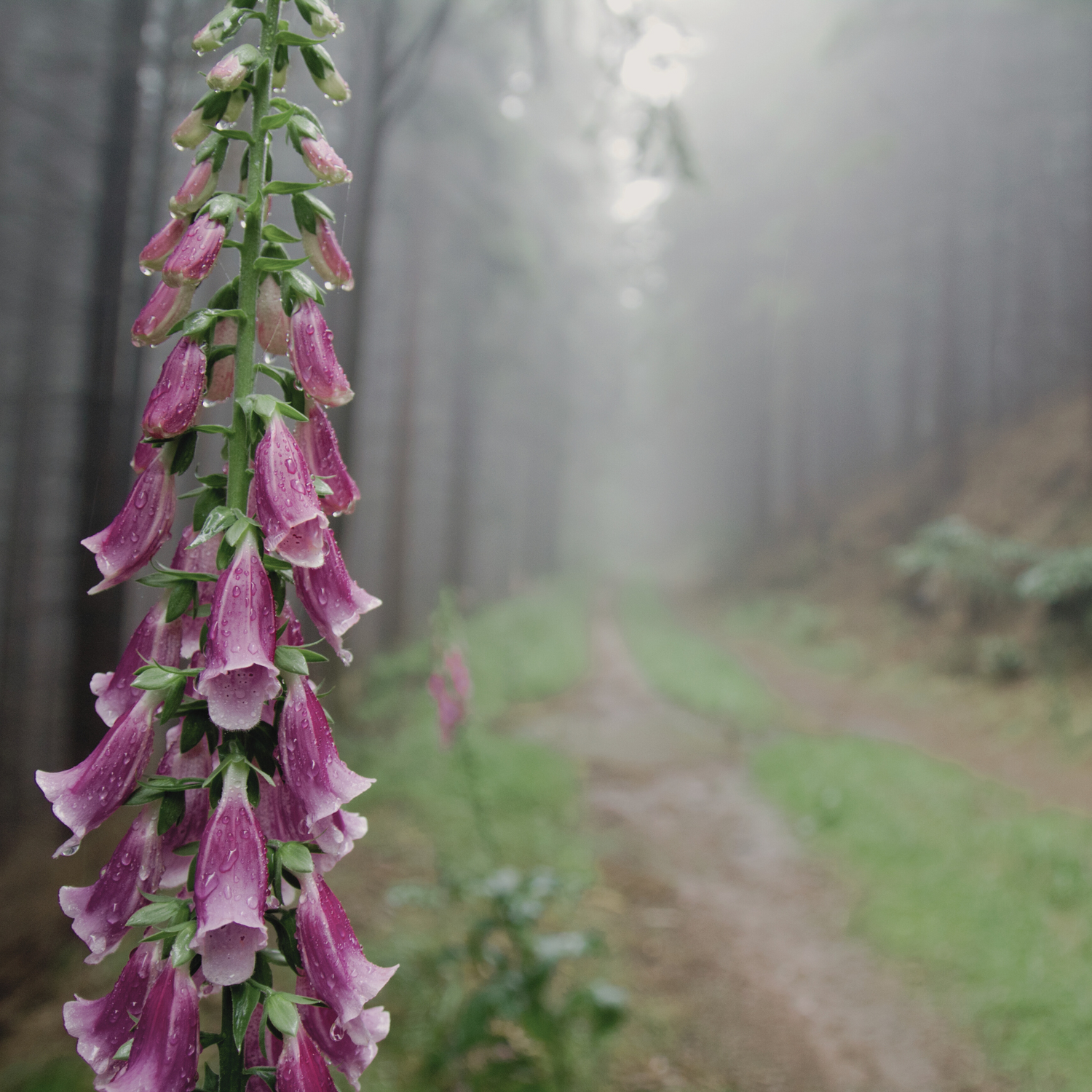
The Enigmatic Foxglove ‘Purple’
Purple Foxglove, known through history by lovely names such as Dead Men’s Bells and Witch’s Glove, has a mysterious and a somewhat macabre reputation. What kind of plant hangs out in such eerie circles? It’s rumored that Vincent Van Gogh may have suffered from foxglove toxicity. Van Gogh was said to have taken foxglove as a treatment for epileptic seizures and well, you know the rest. Some believe that Edward IV fell victim to this plant’s toxic nature and ended his reign prematurely.

Toxicity Warning: Handle With Care
Every part of the Purple Foxglove (Digitalis purpurea) is highly toxic to humans, dogs, and cats. If you have curious paws around, make sure this plant is well out of nibble range. Accidentally brushing against the leaves while pruning isn’t usually dangerous, but it’s still a good idea to rinse off and avoid touching your face and eyes after handling. In some cases, skin contact can cause a rash, so exercise caution when caring for this plant. On the bright side, its toxicity keeps pests like deer and rabbits at bay.
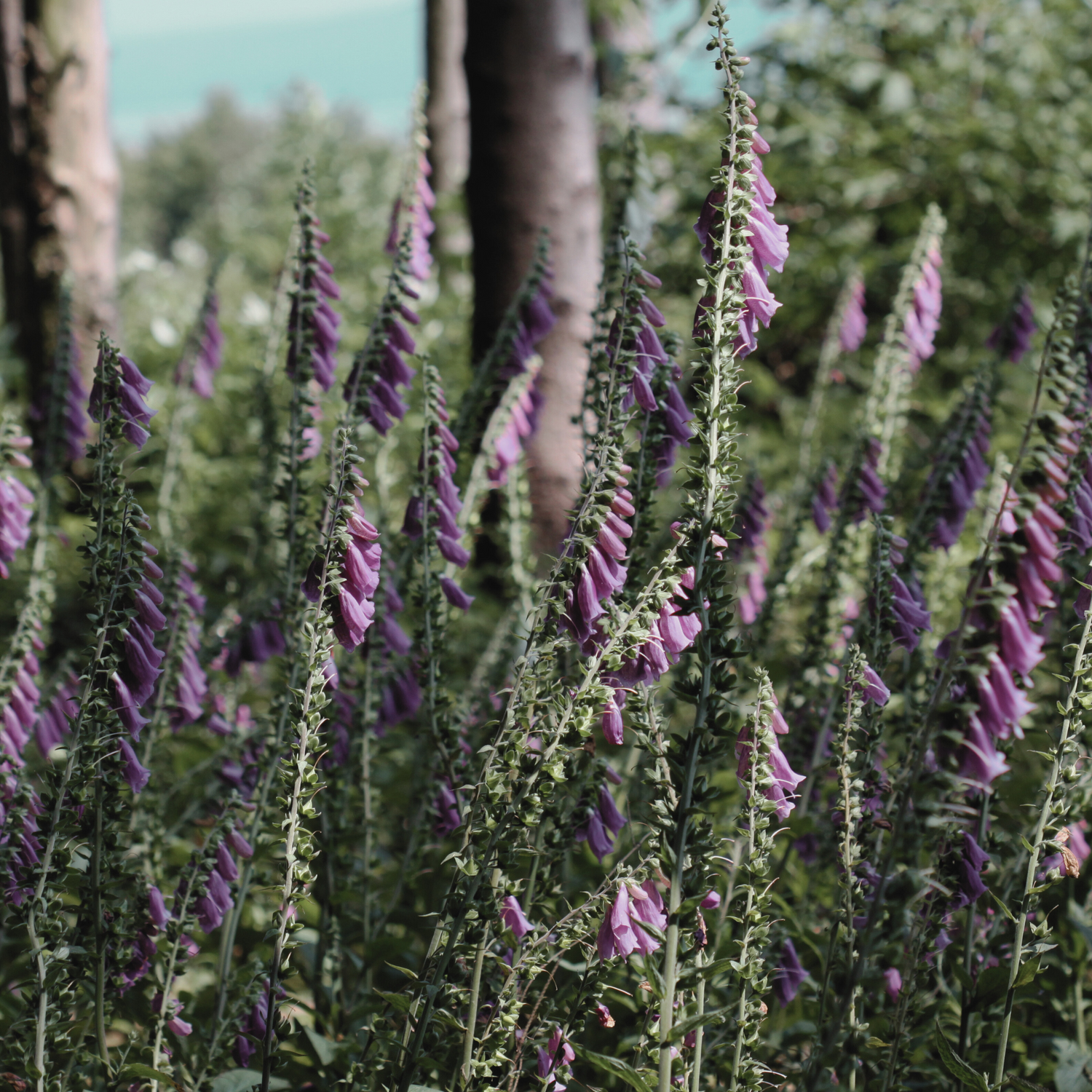
A Pollinator's Paradise
Despite its toxic nature, Purple Foxglove is beloved by pollinators. When in full bloom from spring through summer, it displays magnificent towers of purple flowers. These biennials can reach heights of 24 to 48 inches, making them a striking addition to any garden.
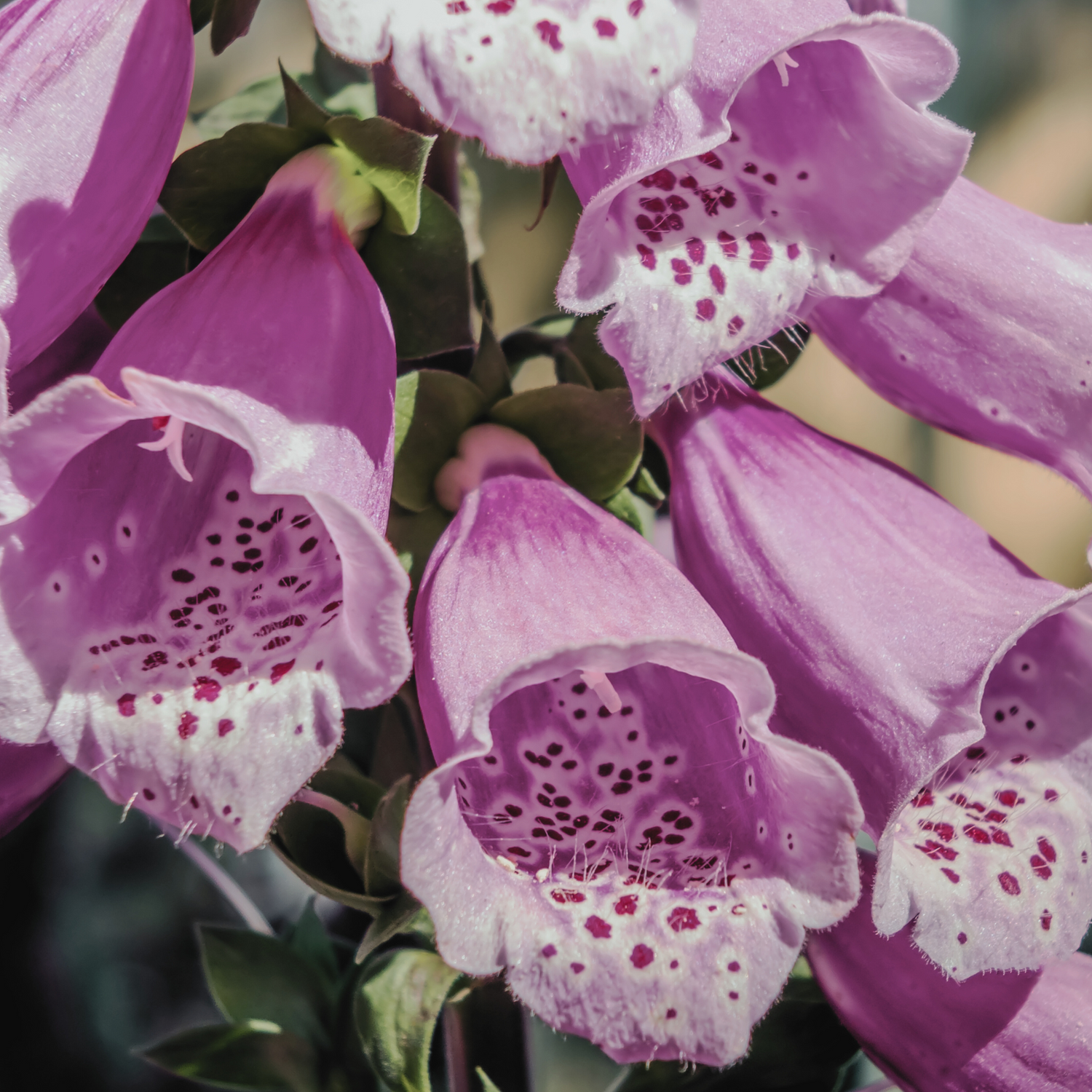
Growing Tips for Purple Foxglove
Foxglove germination rates improve when the seeds have undergone cold stratification. They can be started indoors after a two to four week stay in the fridge or in the fall if you're planting outside. Set these seeds onto your medium. If you started indoors you could see germination in as little as 2 - 3 weeks. Hardy in USDA zones 4 through 9, Purple Foxglove needs six to eight hours of sunlight per day, with some shade from the hot afternoon sun in warmer climates.
Invasive Nature: A Word of Caution
Originally from Europe, Purple Foxglove has naturalized in many parts of the world. However, it's spread too well in some areas and is considered invasive in the Pacific Northwest in the United States, as well as in Australia and New Zealand.
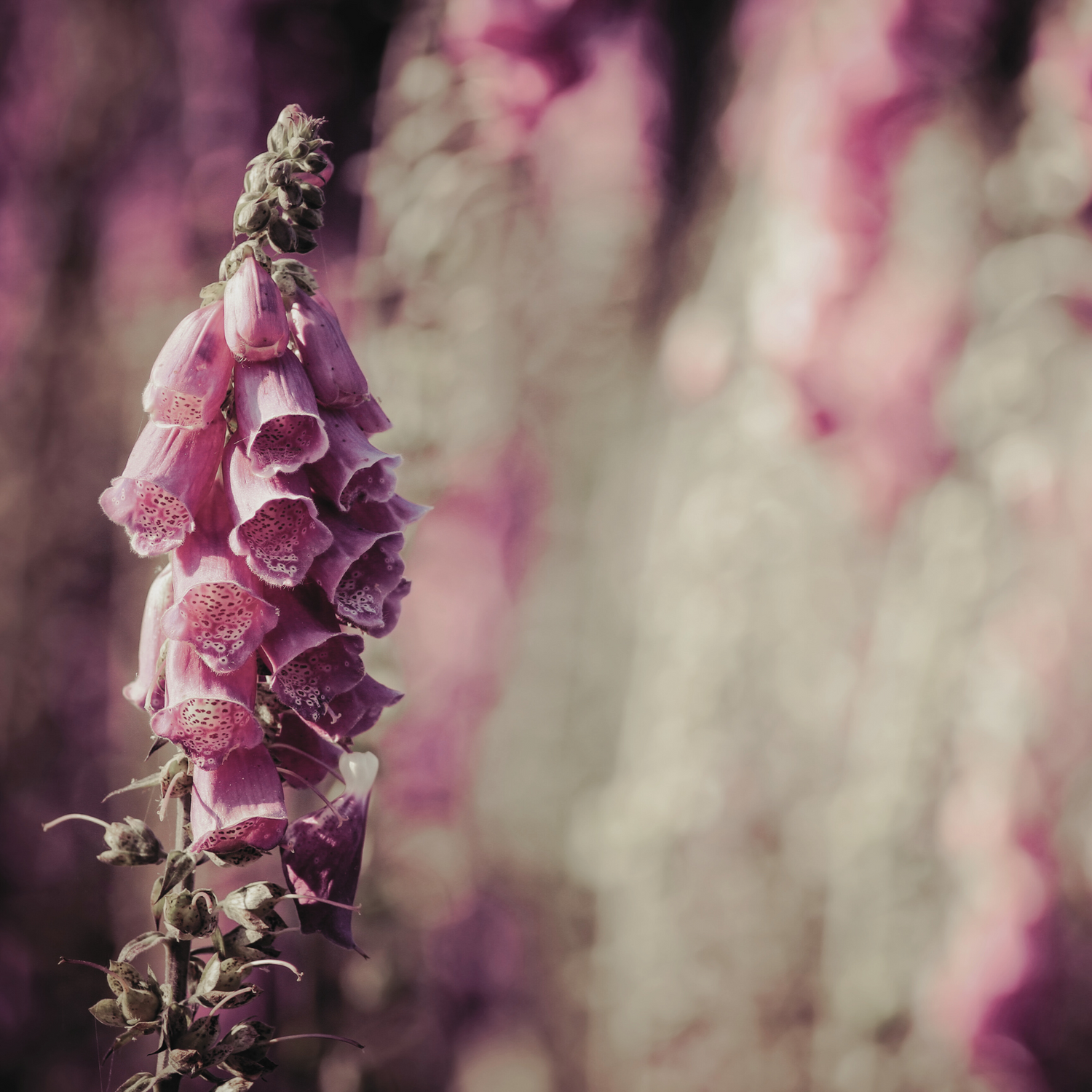
Perfect for Cut Flower Gardens
This biennial is a classic choice for cut flower gardens and adds a splash of color to any bouquet. Foxglove does well in containers, focusing on root and leaf growth in the first year and producing its iconic tall flower stalks in the second year. Expect flowers around 130 days after planting.

Foxglove 'Purple' - Quick Plant Details
- Botanical Name: Digitalis purpurea
- Life Cycle: Biennial
- Hardiness Zones: 4 - 9
- Soil Temperature: 60° - 70°F
- Best Planting Season: Fall for Spring Blooms
- Stratification: Recommended
- Planting Depth: Surface Sow
- Average Germination Time: 14 - 21 days
- Light Requirements: 6 - 8 hours of sun per day with afternoon shade
- Days to Maturity: 130 days
- Mature Height: 24 - 48 inches
- Bloom Season: Spring through Summer
- Bloom Color: Purple
- Pest Resistance: Minimal Rabbit and Deer Pressure
- Garden Compatibility: Ideal for Cut Flower Gardens and Containers
- Invasiveness: Known to escape cultivation, especially in the Pacific Northwest
- Toxicity: Highly toxic to dogs and humans if ingested
- Pollinator-Friendly: Great for attracting pollinators
-

Live Plant Availability
Discover what’s thriving at Nevermore Nursery with our live plant selection, updated...
-

Hand-Packaged Seeds
Grow a little piece of Nevermore Nursery wherever you are with our...



